
Soloman Howard’s strong performance gives added intensity to the double role. The doomed triangle of Scene 1—girl’s father killed by her seducer– inevitably recalls the opening scene of Don Giovanni. Leonora’s lover Don Alvaro is hardly a skilled seducer (though he is a seduttore so far as the Marquis is concerned) and will remain more a bumbler than a snake throughout the opera’s long evening. He just has a habit of killing people without really wanting to. But the Marquis, like Mozart’s Commendatore, is both a father and a stand-in for paternal authority more generally, and it’s the continuity of fierce patriarchal authority that this production sustains so efficiently by bringing him back as Padre Guardiano. Let’s call this the Commendatore effect. In a way it’s the central principle of Mariusz Trelinski’s grim, fascinating production.
Trelinski ties together this most unwieldy of Verdi’s operas by taking it through the unforgiving circles of hell of contemporary global politics. This Marquis of Calatrava is a vaguely Hispanic military dictator (Franco? Somosa? Chavez? Maduro?) with more than a touch of Tony Soprano. (Footnote: he owns a hotel, perhaps even a hotel chain, which may have capitalized his path to political power.) His death propels the unending war and the Ukraine-like winter scenes that consume the middle of the opera. There is no relief, no redemption, no beauty to correlate with the soaring lyricism of the score and so many of the vocal lines. Seeking the seclusion of the convent and the comfort and grace of the Virgin Mary, Leonora finds in Guardiano not so much a benevolent man of the church as a sadistic boss who has her flagellated by a gauntlet of monks and then abandons her not to the solitude of a protected hermit but to the fate of a homeless wanderer on desolate war-scorched streets. (I’m reminded of Jürgen Flimm’s prescient comment while preparing the 2010 Walküre for Milan and Berlin: Wotan, he suggested, doesn’t protect Brünnhilde in her coerced sleep, but rather abandons her on a street corner to be raped by a passer-by.) In a similar way, Trelinski’s Padre Guardiano evinces the cruelty, violence, and sadism of patriarchal authority. And his assistant Fra Melitone offers none of the comic relief we have come to expect from him and his scenes. (Though I suffer myself from as much Fernando Corena nostalgia as anyone else, I find this portrayal of Melitone as a thug rather than a clown entirely convincing.)
The global reach of this production’s political imagination also traces the history and geography of the Catholic world. The action is of course based in and around 18th-century Seville, the nucleus of the fading Spanish commercial and military empire (as well as the most default city in operatic history—think Carmen, the two Figaros, Fidelio, etc.). Forza also places on panoramic display the Catholic world in its geographic vicissitudes. At the center is the opera itself and its Italianità. Don Alvaro claims at least partial descent from Peruvian nobility but also some Inca ancestry, which causes the more fully old-world, Iberian aristocrat Carlo Calatrava to demean him in racist terms. The Order of Calatrava was in fact a Castilian military order confirmed by the Vatican in the 12th century and lionized for its defense of Spain against the “Moors.” So far as the opposite, northeasternmost corner of Europe and our own time are concerned, we can wonder how Mariusz Trelinski thinks through this opera’s play of religion and power come in dialogue with the Catholicism of his native Poland, repressed under communism and then celebrated through the papacy of John Paul II.
Trelinski has shown sustained interest in the staging of Catholic politics. His recent production of Boris Godunov (Warsaw and Tokyo), for example, used Mussorgsky’s original orchestration but restored a portion of the so-called Polish act, using it to highlight the strife between religious regimes as well as political ones. Tsar Boris’s incapacitating guilt produced by his murder of the legitimate tsarevich plays out, for Trelinski, in his relationship with his son Feodor. Trelinski stages Feodor as a cripple (his word) with a tortured body. Similarly, Trelinski’s Peter Grimes climaxes with a dream scene in which Peter steps out of the frame and watches himself, that is his body, as he/is dismembered by the hostile villagers. Starting and staying always with the body of Christ, this aesthetic operates in the polarity between the eroticization and mortification of the (male) body.
For Trelinski, the disturbing turn in Forza’s great Act II scene of Leonora’s induction and its aftermath offers us the full spectrum of the Catholic world, heaven and hell, grace and damnation, comfort and sadism, the cult of the mother and the subjection of women. Set designer Boris Kudlicka’s stage never loses the Catholic icons; the hollowed subway station of the final scene is marked “Trinity Avenue.” Trelinski is partial to railway stations as symbols of transience, of the way that moving from place to place doubles as stations of exploration of inner life. His 2014 production of Puccini’s Manon Lescaut was set in a train station, with each act of this very peripatetic opera highlighting a different emotional state. But “Trinity Avenue” labels this most profane and transient space as a sport marked by the sacred, or at least by its relics. And the sacred, unlike the holy– as scholars of religion will remind us—contains both good and evil, consolation and torture, salvation and damnation.
La forza del destino proceeds in an unusual separation of the stories of its men and women. Men and their bodies suffer in war; women suffer at war’s edges at the mercy of powerful men. The Catholic world and its iconography focus on the suffering of the body, first and foremost the body of Christ himself. The successive scenes of this opera emphasize the suffering bodies by separating the stories and traumas of men and women to an unusual degree. Forza’s central act is a war scene and a scene of men, represented quite graphically in this production with its hospital scenes supplemented by videos of cliché-filled but effective images and sounds of war (think Apocalypse Now). There are no women in this scenario; even the orderlies are sung by men. Its central dramatic mechanism involves the wounding, pain, and recovery of Alvaro. Now, of course, even this production can’t fully suppress the ludicrous character of Preziosilla (short of cutting her scenes, which might be a good idea); it does the best it can by ironizing her, first as a Marlene Dietrich-like chanteuse who means the opposite when she insists that “è bella la guerra” and, later on, when she makes her second entrance entertaining the wounded soldiers with the musically and dramatically insufferable Rataplan.
The suffering of women in general and Leonora in particular is restored to only in Act IV, with the great aria “Pace, pace, mio Dio” followed quickly by the entry of the two men—her lover Alvaro and her brother Calatrava Jr.– and her own death at the hand of the latter. Again, Kudlicka’s set makes its point. Attached to the “Trinity Avenue” subway station is a large crucifix. Granted, the scenery does have to double as Guardiano’s monastery, into which Alvaro has secluded himself prior to Calatrava Jr,’s hostile interruption of his solitude. But more important is the crucifix’s symbolic and emotional presence. Its suffering male body is the companion of the physically and emotionally anguishing Leonora, from her near starvation to the opera’s finale at the moment of her murder.
The sequential violence of this final scene notwithstanding, the opera ends in musical and emotional serenity with Padre Guardiano’s statement that Leonora has gone to God: Salita a Dio. And here the Commendatore effect, the ingenious double casting, makes its point in an understated but no less devastating way: no more than Mozart’s Commendatore does this one, in his general’s uniform, claim or offer peace, consolation, or salvation. He remains the voice of a certain military-religious complex. His incantation of Leonora’s salvation is a lie, a final act of violence to her spirit and body. Though Trelinski’s Forza dutifully performs the work’s closing gesture toward heavenly salvation, its overwhelming focus is the wretched of the earth.
And a last word: Soloman Howard, Calatrava Sr. and Guardiano in this Forza, will be onstage in Don Giovanni in Santa Fe this summer… as the (first) Commendatore.
Photos: Karen Almond/MetOpera

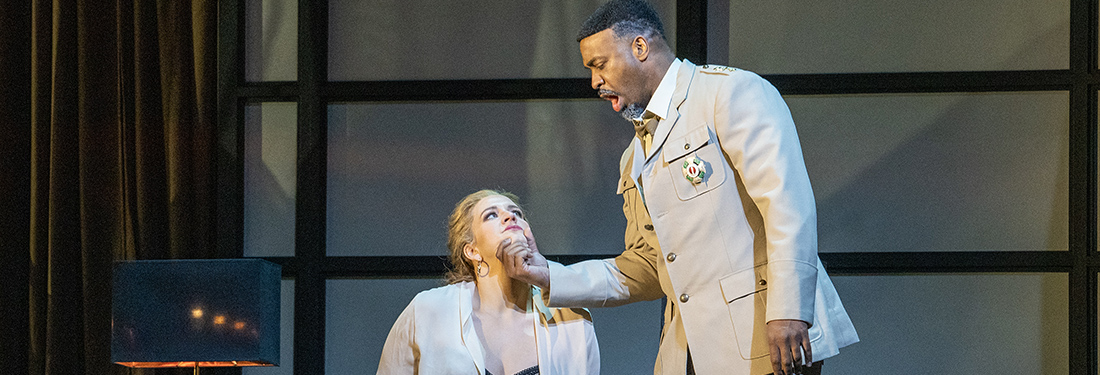
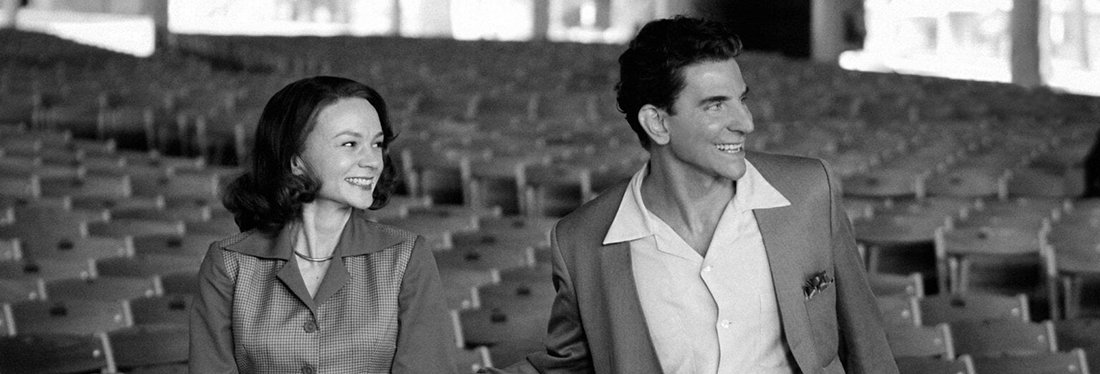

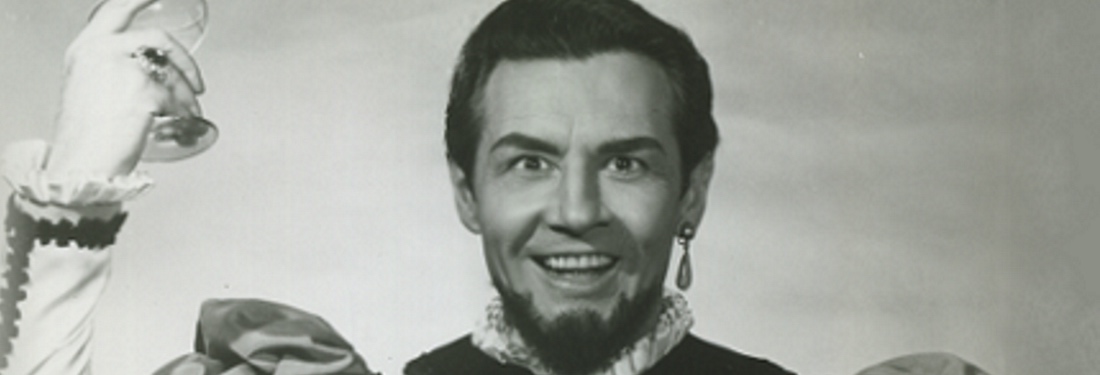
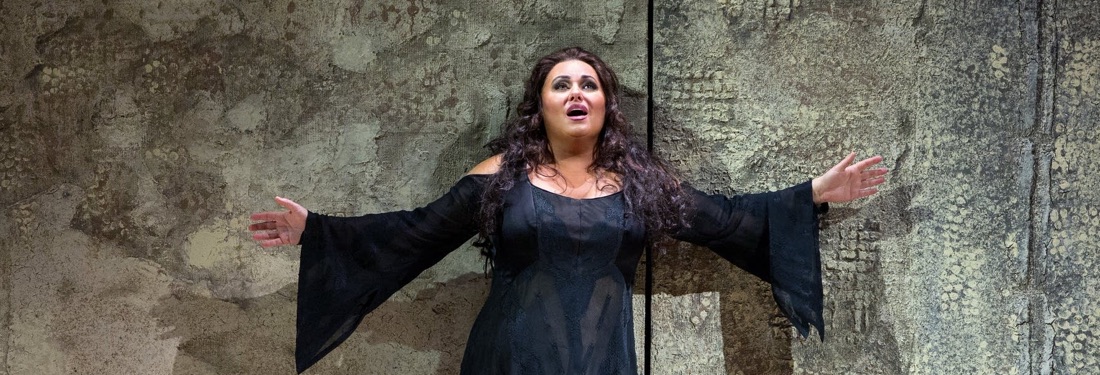
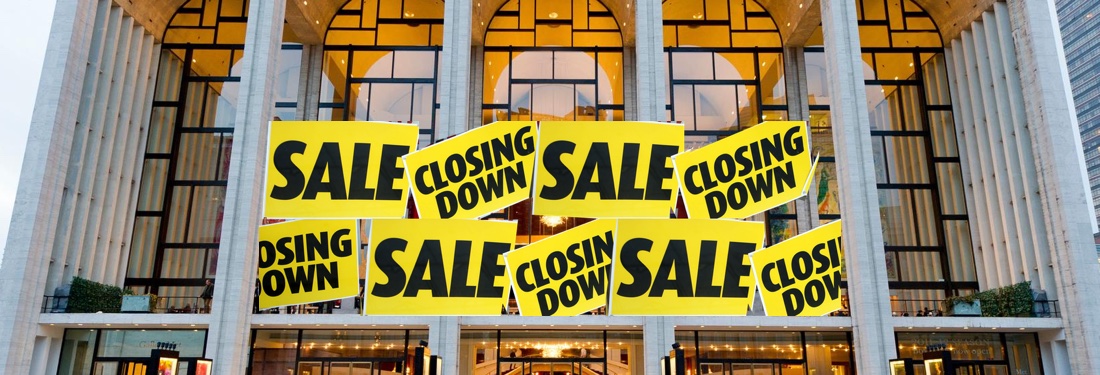
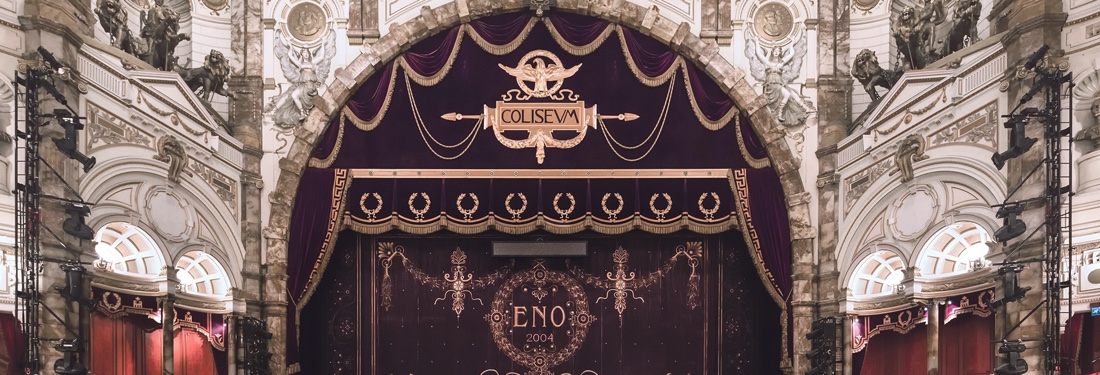
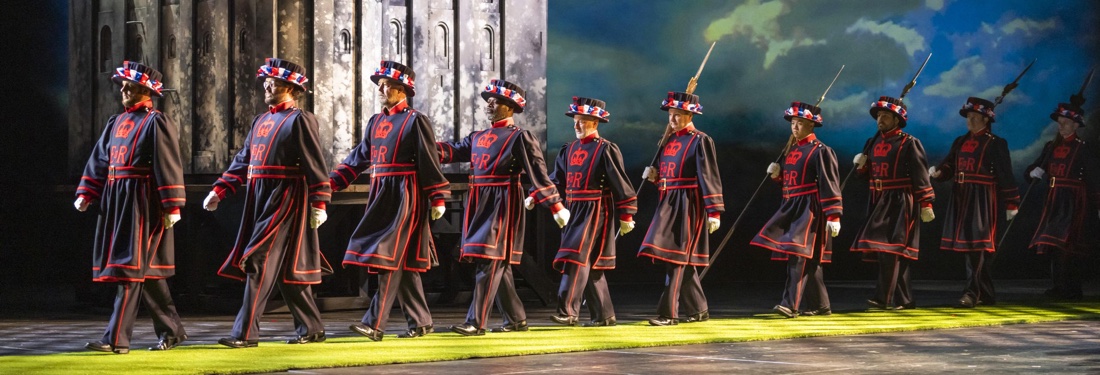
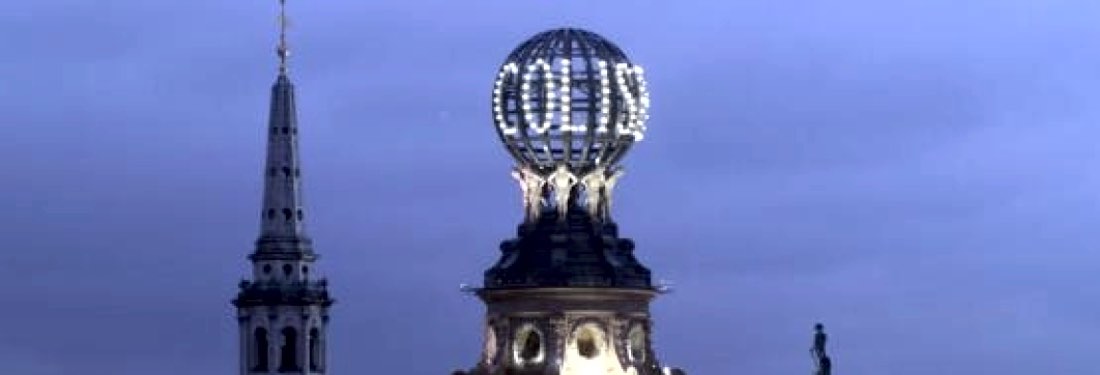
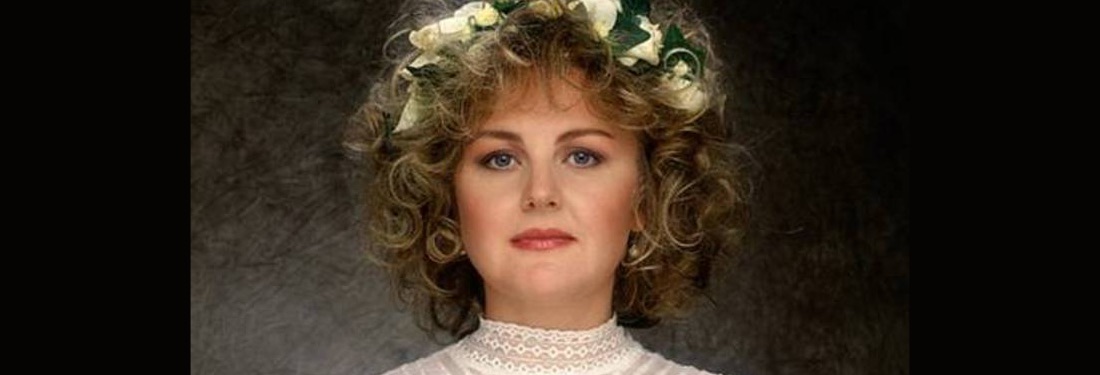
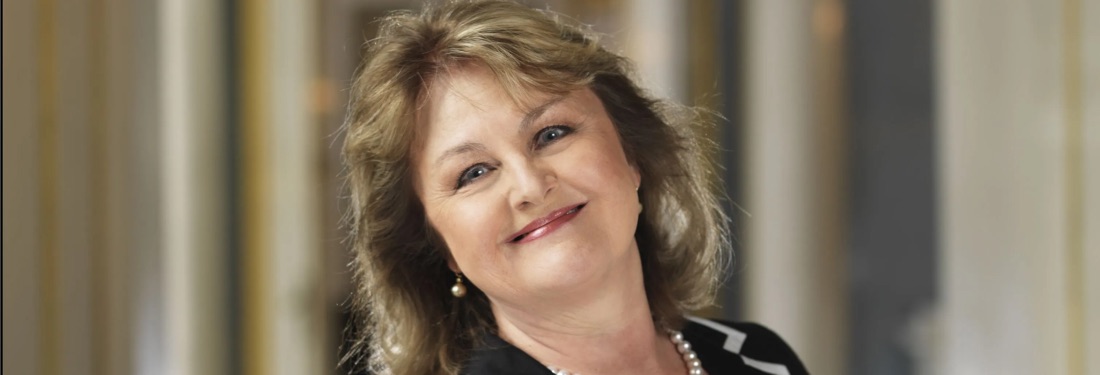
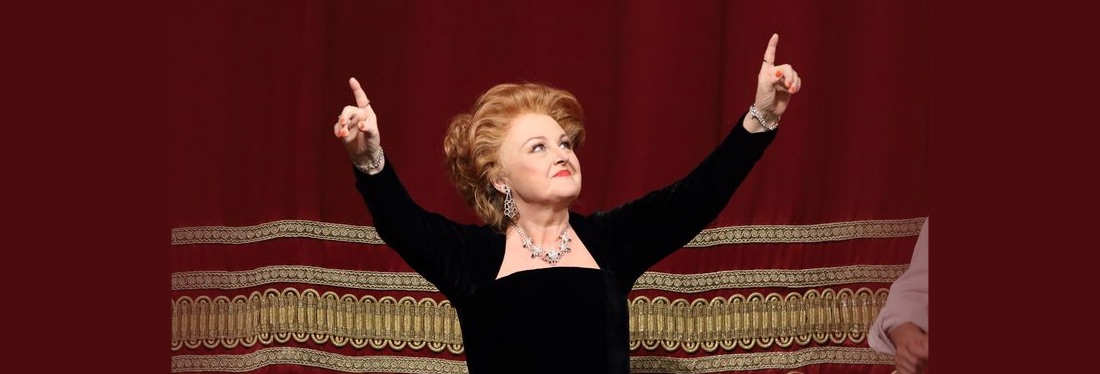
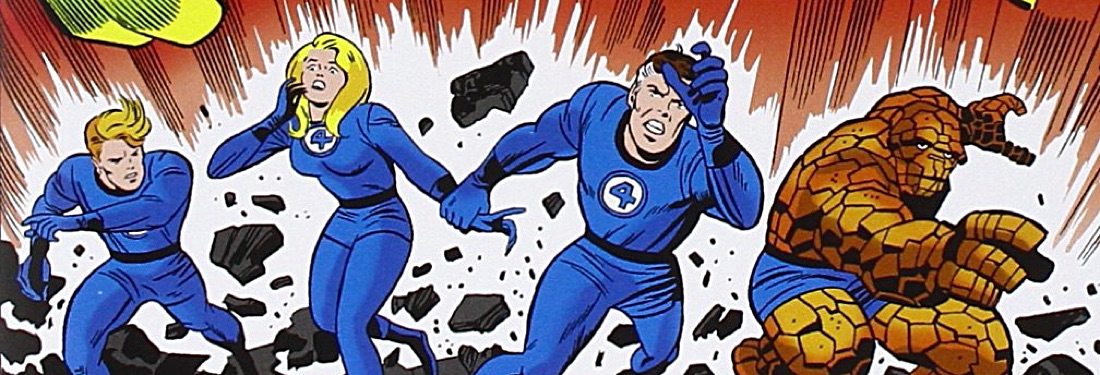
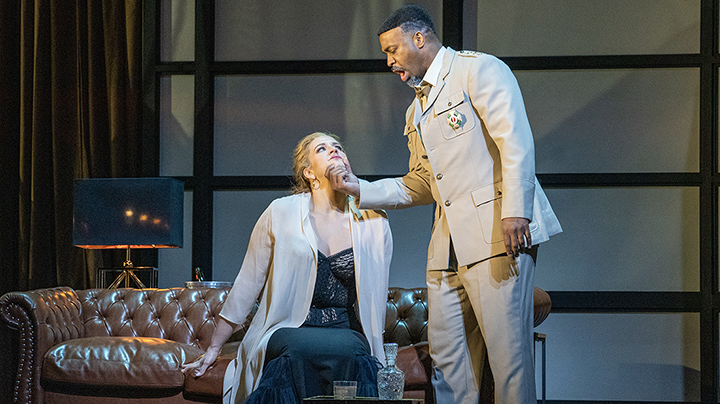
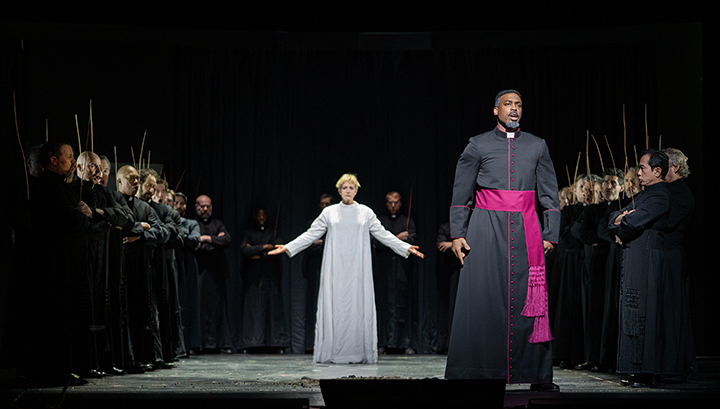
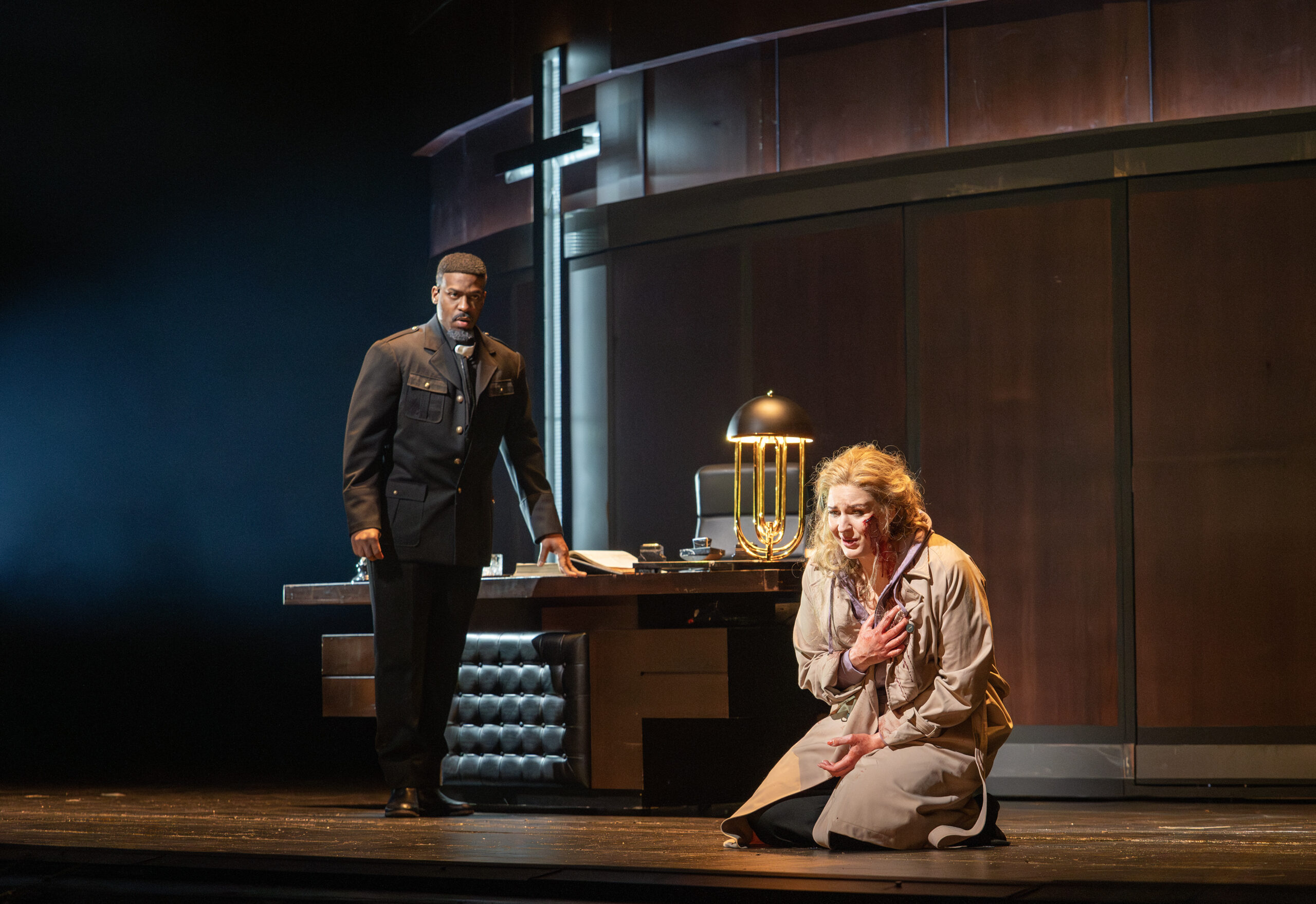







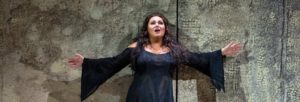



Comments